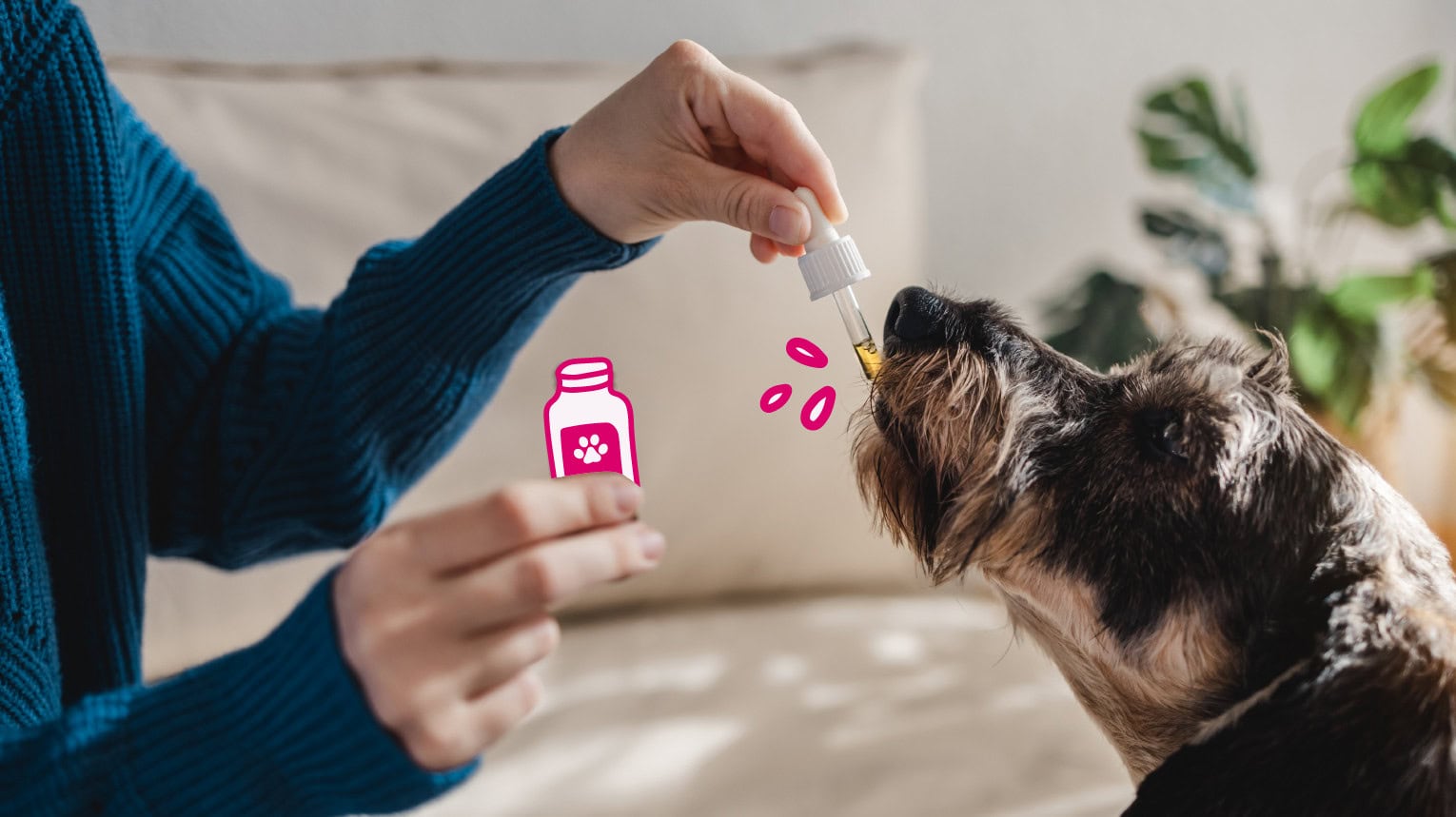Introduction
How to Dose Benadryl for Dogs, also known by its general name diphenhydramine, is a common untoward antihistamine that’s frequently used to relieve disinclinations, nonentity mouthfuls, and mild anxiety in tykes. While it’s generally safe when used correctly, it’s pivotal to understand the proper lozenge and preventives before administering it to your furry friend.

Why Give Benadryl to Dogs?
Benadryl is primarily used in tykes for the ensuing conditions Antipathetic responses Help relieve itching, swelling, and hives caused by environmental or food disinclinations. Nonentity mouthfuls and Stings Reduces inflammation and antipathetic responses to nonentity mouthfuls or freak stings. Stir Sickness Works as a mild opiate to help tykes manage with trip- related nausea. Anxiety Has mild comforting goods that can help with minor anxiety issues, similar to fireworks or showers. Cold Symptoms Can reduce a watery nose, sneezing, and other mild respiratory symptoms.
Correct Benadryl Lozenge for Dogs
The general recommended lozenge of Benadryl for tykes is 1 mg per pound of body weight, given every 8- 12 hours. This means
Small tykes ( 10 lbs) 10 mg( generally 1/2 of a 25 mg tablet)
Medium tykes ( 25 lbs) 25 mg( 1 tablet)
Large tykes ( 50 lbs) 50 mg( 2 tablets)
Giant types( 100 lbs) 100 mg( 4 tablets)
It’s essential to consult your veterinarian before giving Benadryl, especially if your canine has beginning health conditions or is taking other specifics.
How to Administer Benadryl to Dogs
Benadryl is available in different forms, including tablets, liquid, and topical creams. Then’s how to duly give it Tablets or Capsules Can be given directly or hidden in treats to encourage consumption.
Liquid Form ensures that you use only alcohol-free children’s Benadryl. The lozenge should be precisely measured using a hype. Topical operation If treating skin vexation, apply the cream directly to the affected area. Possible Side Goods of Benadryl in Dogs While Benadryl is generally safe, some tykes may witness lateral goods, including

Doziness or languor
Sot mouth
Urinary retention
Increased heart rate
Digestive issues( puking or diarrhea)
still, swelling, or seizures, If your canine gets severe responses like difficulty breathing.
preventives and When to Avoid Benadryl
Not all tykes should take Benadryl. Avoid giving it to your canine if they have
Glaucoma
High blood pressure
Heart complaint
gestation or nursing
Liver or order complaint
Also, always double-check the active constituents. Some phrasings of Benadryl contain decongestants( e.g., diphenhydramine plus pseudoephedrine), which can be poisonous to tykes.
Fresh Considerations When Using Benadryl for Dogs
How Long Does Benadryl Take to Work?
Benadryl generally starts working within 30 twinkles to an hour after administration. However, plan consequently to insure your canine gets relief at the right time, If using it for disinclinations or stir sickness.
Benadryl Alternatives for Dogs
still, your warhorse may suggest druthers, similar as
If Benadryl doesn’t work or causes side goods.
Cetirizine( Zyrtec) Is another antihistamine with smaller dreamy goods.
Loratadine( Claritin) Can be effective for some mislike cases but should be used under veterinary supervision.

Omega-3 Supplements These help with habitual disinclination and inflammation.
tradition mislike specifics For severe cases, stagers may define Apoquel or Cytopoint.
What to Do in Case of Benadryl Overdose?
Signs of Benadryl overdose in tykes include
Extreme doziness or confusion
Rapid heart rate
Agitation or hyperactivity
temblors or seizures
Difficulty breathing
Still, communicate with your veterinarian or an exigency pet bane hotline incontinently, If you suspect an overdose.
Common Myths About Benadryl for Dogs
1. Benadryl Can Be Given to All Dogs
Not all tykes tolerate Benadryl. Some types, similar to brachycephalic(short-nosed) types like Bulldogs and prizefighters, may be more prone to breathing difficulties when taking anodynes.
2. Further Benadryl Means Better Results
adding the cure beyond recommendations doesn’t ameliorate effectiveness and can be dangerous.
3. Benadryl Is a Long- Term result
Benadryl isn’t a long-term treatment for habitual disinclination. A warhorse should estimate tykes with patient antipathetic responses for a better treatment plan.
Can I Give My Canine Benadryl Every Day?
While Benadryl is safe for occasional use, long-term diurnal use should be bandied with a warhorse to avoid implicit health pitfalls.

Can I Use Benadryl for My Canine’s Anxiety?
Benadryl has mild opiate parcels, but it isn’t a primary anxiety drug. For tykes with habitual anxiety, indispensable treatments like behavioral training or traditional specifics may be more effective.
Is Liquid Benadryl Safe for Puppies?
Benadryl should only be given to puppies under a warhorse’s guidance, as their bodies are more sensitive to specifics.
Conclusion
Benadryl can be a helpful drug for treating disinclinations, mild anxiety, and nonentity mouthfuls in tykes, but proper dosing is critical to avoid complications. Always consult your warhorse before giving any drug and cover your canine for any adverse goods. By following the correct lozenge and guidelines, you can ensure your cherished pet’s safety and well-being.
When mistrustful, consult your veterinarian for professional advice on the stylish treatment options for your canine’s health requirements.

Read More: How to Treat Cat Allergies Living With Cats
FAQs
While Benadryl is safe for occasional use, long-term daily use should be discussed with a vet to avoid potential health risks.
Benadryl has mild sedative properties, but it is not a primary anxiety medication. For dogs with chronic anxiety, alternative treatments like behavioral training or prescription medications may be more effective.
Benadryl should only be given to puppies under a vet’s guidance, as their bodies are more sensitive to medications.
Yes, Benadryl can help relieve itching caused by allergies or insect bites.
Benadryl starts working within 30 to 60 minutes.
Yes, it can help with mild motion sickness.
Yes, drowsiness is a common side effect.
Yes, it can help reduce swelling and allergic reactions.
The effects usually last 6-8 hours.
No, it is not effective for treating seizures.
Yes, if recommended by your vet to prevent mild allergic reactions.
No, it is not recommended for pregnant or nursing dogs.
It may help with allergic reactions but won’t treat infections.
Yes, it can reduce itching but won’t heal the infection.
Yes, but consult your vet first due to possible health risks.
Overdose can cause tremors, seizures, and breathing difficulties.
No, it is not effective for respiratory infections.

